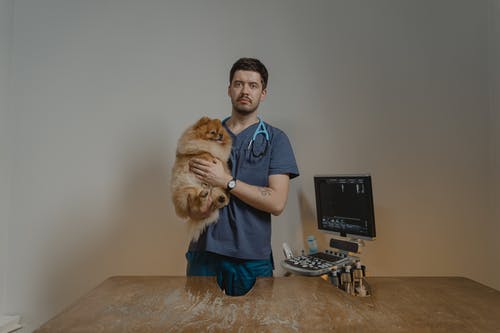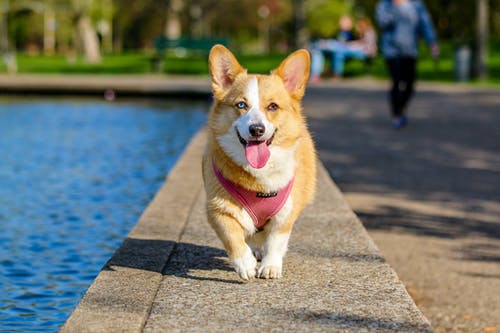Caring for a post-operative pet can be challenging because dogs can not tell us when they are not feeling well. This is especially important if the pet is recovering from a surgical procedure. Some procedures, such as orthopedic surgery, need a more extended recovery. Soft-tissue surgeries commonly allow patients to resume normal activities within one or two weeks. When your pet returns home from surgery, you will be responsible for checking its health and guaranteeing that the wound heals correctly. Below are the principles you must understand to aid your dog’s post-operative recovery.
How to Care for Your Pet After Surgery
Excellent aftercare is one of the most effective ways to encourage a quick and effective recovery for your favorite Fido after a surgical procedure. You will be your dog’s best nurse if you carefully comply with the vet specialist’s guidelines. You can achieve this by following the canine recovery guidelines described below.
1. Restrict movement
Your veterinarian will gradually permit you to take short walks with your dog. However, workout restrictions are needed during the first couple of weeks. Some dogs must be set apart or crated to protect the surgery wound. Even if your pet underwent a standard spay or neuter, they would require to take added treatment not to injure themselves while recovering.
2. Feed them an optimal post-operative diet
Your dog may not feel well for the initial day or two and will require light and simple diet. Your specialist may advise cooking chicken with steamed white rice or a small amount of wet food. Since their stomach is still upset from the surgery, you should not force them or offer them food.
3. Manage your dog’s pain
The objective of providing anti-inflammatory and pain medicine to your pet is to make sure that they experience no suffering. However, they may experience moderate pain for the first couple of days. Watch your pet’s behavior and inform your vet if they appear uncomfortable or aren’t eating, whining or growling, unable to sleep, and so on. You can also find out more about pet oncology.
4. Maintain the surgical site’s health
Make sure your pet does not lick or chew on the stitches. Unless otherwise guided, keep the area wrapped and dry. You may need to change bandages as recommended by your veterinarian. Use an E-collar or neck donut to prevent your dog from getting to the wound site. Check out pet surgery in Stockton for more information.
5. Keep follow-up appointments
After some time, the veterinarian will require you to see your dog for a check-up. The follow-up visit allows your veterinarian to check your pet’s recovery, search for indications of infection, and change your pet’s plasters correctly. This exam will tell them how their dog is doing and if there are any problems. Inquiries regarding giving your pet the best care possible in your home are also a good idea at this time.
6. Keep them at ease
After surgery, your pet needs to recover in a calm, cozy space away from the noise of the house, other animals, and children. Avoiding using extreme pressure on any delicate or bandaged areas of their body can be attained by setting up a soft, comfy bed and giving them lots of room to spread out. If your pet has special medical needs, a contagious infection, or is bandaged up from a wound, you may want him to the boarding facility through the veterinarian’s office.
All surgeries affect pets differently, so you must rely mainly on your veterinarian’s guidance and instructions. They may give you information, so bring a notepad when you pick up your pet from the surgery.








